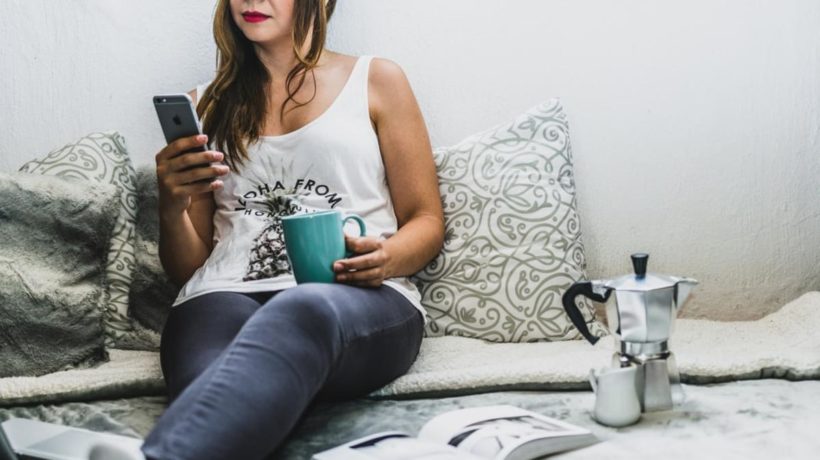When Houseparty first arrived on the scene in 2016, the face-to-face social networking site was a hit with the teen crowd and under-24s.
Touted as “the next best thing to hanging out in real life,” by CEO Sima Sistani, it had been installed by 35 million users across the globe. However, with competing social media apps, particularly the likes of videotelephony app FaceTime by Apple, downloads and usage dramatically declined in subsequent years.
Then, the unthinkable happened – a global pandemic requiring people to stay in their homes, prohibited from the outside world and barring them from socialising and seeing their loved ones. There couldn’t be a more opportune time for a virtual social gathering app to sky-rocket.
In March 2020, downloads and installation of Houseparty, acquired by software development company Epic Games, reached a record high of 17.2 million. In comparison, Houseparty was downloaded 533,000 times in February and 570,000 in January this year. Thus, downloads increased by a staggering 2902% month-on-month.
When it comes to revenue, Houseparty jumped from $17,000 in February to $155,000 in March 2020.
But what makes this app the social network of choice during this period of isolation? For starters, the app is informal and spontaneous. It offers a welcome break from the rigid structures of video conferencing and online meetings. It is different to the likes of Zoom, which has been preferred largely by corporates and colleagues needing to interact.
Houseparty is intimate and encourages entertainment. The free mobile and desktop app lets people video chat with friends or family, in a multi-way call. Friend ‘suggestions’ are based on your Facebook contacts and the numbers saved in your phonebook. This allows you to choose who you want to add as a friend and connect with on Houseparty. Once you’ve built up a friend list, the app indicates who is ‘online’ and ready to chat, what activities your contacts are engaged in and who is simply ‘hanging around’ but not necessarily ready to mingle.
If you see a friend who’s online and free (indicated by a green dot next to their name), you can click to ‘join’ them and start a video call. Your other contacts will be able to see who you’re talking to and can join in on the conversation as well, by entering the ‘room’. You also have the ability to lock a room, if you don’t want any unwanted guests. What’s more, push notifications enable you to see who comes online or ‘is in the house’ while you’re on a call, so you can invite them to join your room if you please.
The app is also fixed with a slew of other interactive features such as trivia games and Quick Draw, and is also integrated with the popular Head’s Up quiz app.
In an interview about the app’s sudden rise in popularity, Sistani says the pandemic has instilled more meaning into the platform and into her life’s work.”I used to always tell people, like, ‘Hey, we’re not curing cancer here’. But this is the first time where I feel like, wow, we have such a responsibility and an obligation right now to maintain this service because people need it. It’s critical for them right now.”
And she’s right. Previously perceived as a low-pressure, amusing way to catch up with friends, the app has evolved into a legitimate lifeline for those struggling through loneliness and isolation while stuck indoors.
Talking about her thoughts when creating the concept for the app, she said she had an aim to “create more empathy online”, and provide a solution for what she considers to be a rising “loneliness epidemic.” But unlike other social media apps, where people use it as a way to kill time and mindlessly scroll through feeds, she wants Houseparty to have more substance. And since the Covid-29 outbreak, this mission has certainly been fulfilled.







